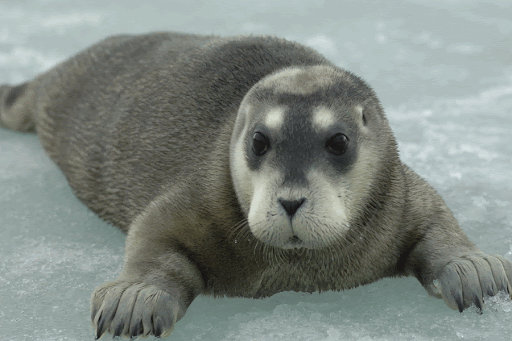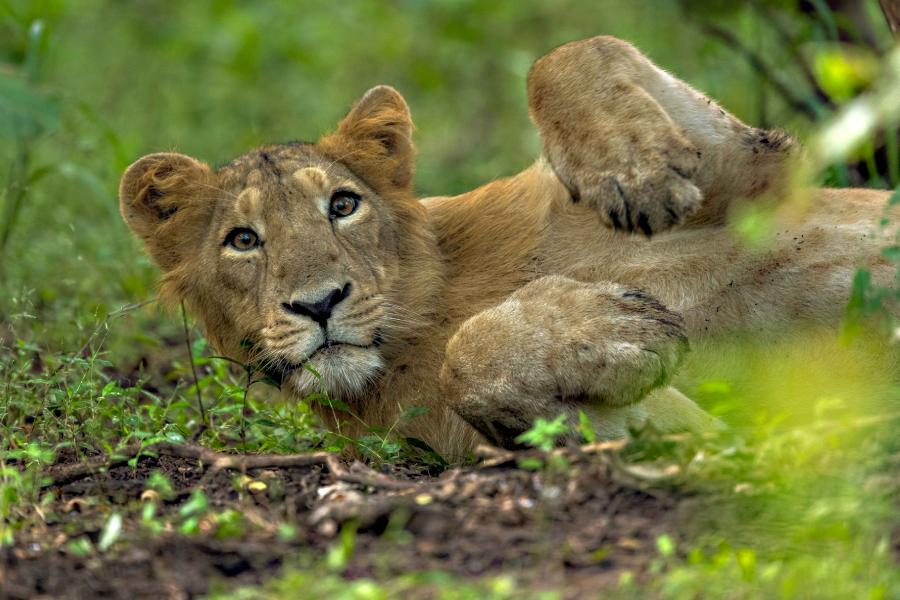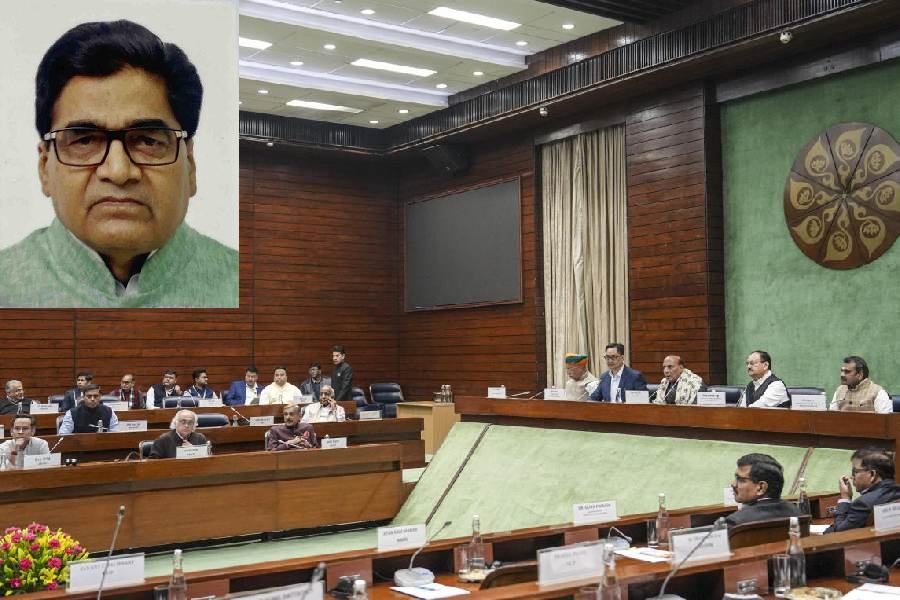The latest update of the IUCN Red List of Threatened Species has offered a sobering glimpse of life on the planet.
Three Arctic seal species edging closer to extinction, over half of global bird species now in decline and a rare victory for conservation as the green sea turtle rebounds after decades of protection.
Released at the IUCN World Conservation Congress in Abu Dhabi, the updated Red List now includes 172,620 species, of which 48,646 are threatened with extinction.
In the"red list" last year, 169,420 species were studied, out of which a total of 47,187 were classified as threatened.
"Today's Red List update, launched at the IUCN Congress in Abu Dhabi, shines a light on both the urgent challenges and the powerful possibilities before us," said Dr Grethel Aguilar, IUCN Director General.
"While species like Arctic seals and many birds face growing threats, the recovery of the green turtle reminds us that conservation works when we act with determination and unity. As we look ahead to the Climate COP in Belém, governments and communities have a pivotal opportunity to accelerate action that protects biodiversity, stabilises our climate, and builds a future where people and nature flourish together."
The report paints a grim picture for the Arctic's ice-dependent seals, which are bearing the brunt of global warming.
The hooded seal (Cystophora cristata) has been uplisted from Vulnerable to Endangered, while the bearded seal (Erignathus barbatus) and harp seal (Pagophilus groenlandicus) have both moved from Least Concern to Near Threatened.
Their survival is tied to the ice and sea ice loss is occurring four times faster in the Arctic than elsewhere, eroding the foundation of their lives, from breeding and pup-rearing to moulting and feeding.
The thinning and disappearance of ice are also opening the region to increased human activity, adding new threats from shipping, oil exploration, and noise pollution.
"Each year in Svalbard, the retreating sea ice reveals how threatened Arctic seals have become, making it harder for them to breed, rest and feed," said Dr Kit Kovacs, co-chair of IUCN's species survival commission Pinniped Specialist Group and Svalbard Programme Leader at the Norwegian Polar Institute.
The collapse of Arctic seal populations would create ripple far beyond the species.
Seals are a vital food source for polar bears and Indigenous Arctic communities, and their role as predators and nutrient recyclers makes them keystone species- meaning the health of the entire Arctic marine ecosystem depends on them.
Green sea turtles rebound
Amid the bleak data, there is one striking success story.
The green sea turtle (Chelonia mydas), long considered endangered, has improved in status from Endangered to Least Concern.
The turnaround reflects over 50 years of sustained conservation, from protecting nesting beaches to limiting illegal harvests and accidental bycatch.
Globally, green turtle populations have increased by roughly 28 per cent since the 1970s, according to IUCN. Efforts in Ascension Island, Brazil, Mexico, and Hawai'i have been effective, with some populations nearly returning to pre-commercial exploitation levels.
"The ongoing global recovery of the green turtle is a powerful example of what coordinated global conservation over decades can achieve to stabilise and even restore populations of long-lived marine species," said Roderic Mast, co-chair of IUCN's Marine Turtle Specialist Group.
Green turtles, despite their improved global status, are still depleted compared to their pre-colonial numbers.
Coastal development continues to destroy nesting habitats, while illegal take and bycatch remain serious threats. Climate change, too, is beginning to alter nesting conditions particularly at Raine Island, Australia, home to the world's largest nesting rookery, where falling hatchling production has alarmed researchers.
The latest Red List update also adds six species to the Extinct category, underlining the fragility of Earth's biodiversity. Among them are the Christmas Island shrew (Crocidura trichura), a cone snail (Conus lugubris), and the slender-billed curlew (Numenius tenuirostris), last seen in Morocco in 1995.
Three Australian mammals the marl (Perameles myosuros), the south-eastern striped bandicoot (Perameles notina), and the Nullarbor barred bandicoot (Perameles papillon) -have also been declared extinct, alongside Delissea sinuata, a Hawaiian plant species.












